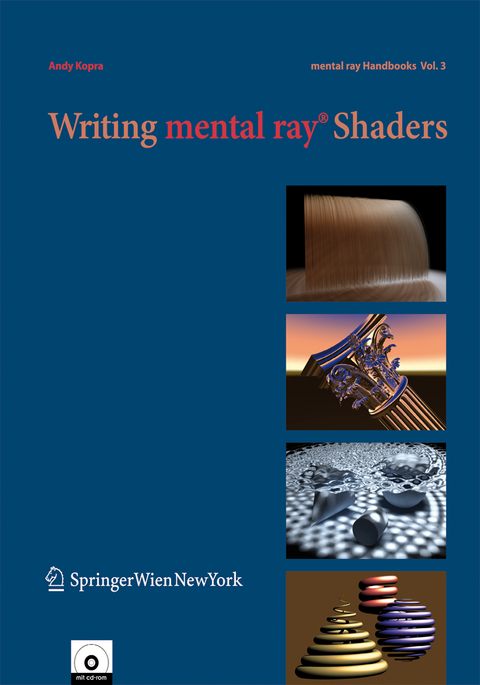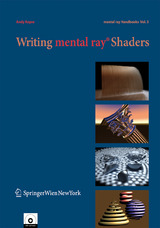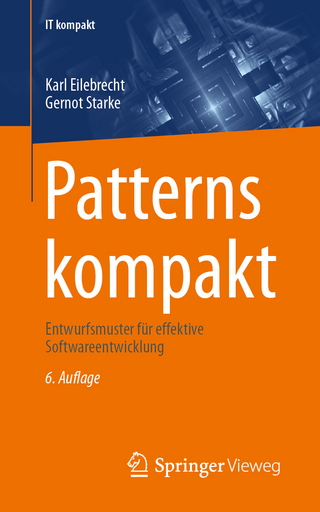Writing mental ray® Shaders
A Perceptual Introduction
Seiten
2008
|
2008
Springer Wien (Verlag)
978-3-211-48964-2 (ISBN)
Springer Wien (Verlag)
978-3-211-48964-2 (ISBN)
The word "render" isn't unique to the vocabulary of computer graphics. We can talk about a "watercolor rendering," a "musical rendering" or a "poetic rendering." In each of these, there is a transformation from one domain to another: from the landscape before the painter to color on paper, from musical notation to sound, from the associations in a poet's mind to a book of poetry. Figure 1.1: Czar's Waiting Room, Main Railway Station, Helsinki, Eliel Saarinen, 1910, watercolor. But the type of rendering that may come closest to what we mean when we talk about rendering in computer graphics is in architecture. Geometric blueprints and technical specifications of building materials are transformed in the architectural rendering into a picture of the building 1 Introduction as it will appear when construction is complete. In addition to the designs of the building's geometry and its visual characteristics, the artist chooses a point of view to depict the scene in perspective. This is a transformation of a description of imagined space into a picture of that space. In a watercolor by architect Eliel Saarinen (Figure 1.1), the effect of light on marble is demonstrated in a way that would be lost in even a careful reading of blueprints and descriptions of materials. A mere brushstroke of a particular color in a particular place paradoxically transforms the dull matte appearance of watercolor into the sheen of polished stone.
Structure.- The structure of the scene.- The structure of a shader.- Shaders in the scene.- Color.- A single color.- Color from orientation.- Color from position.- The transparency of a surface.- Color from functions.- The color of edges.- Light.- Lights.- Light on a surface.- Shadows.- Reflection.- Refraction.- Light from other surfaces.- Shape.- Modifying surface geometry.- Modifying surface orientation.- Creating geometric objects.- Modeling hair.- Space.- The environment of the scene.- A visible atmosphere.- Volumetric effects.- Image.- Changing the lens.- Rendering image components.- Modifying the final image.
| Erscheint lt. Verlag | 5.8.2008 |
|---|---|
| Reihe/Serie | mental ray® Handbooks |
| Zusatzinfo | XIV, 635 p. 171 illus. in color. |
| Verlagsort | Vienna |
| Sprache | englisch |
| Maße | 210 x 277 mm |
| Gewicht | 1790 g |
| Themenwelt | Mathematik / Informatik ► Informatik ► Software Entwicklung |
| Schlagworte | Computer Graphics • learning • mental ray • mental ray (Software) • Model • Performance • reflection • Rendering • shader programming • Software |
| ISBN-10 | 3-211-48964-9 / 3211489649 |
| ISBN-13 | 978-3-211-48964-2 / 9783211489642 |
| Zustand | Neuware |
| Haben Sie eine Frage zum Produkt? |
Mehr entdecken
aus dem Bereich
aus dem Bereich
Entwurfsmuster für effektive Softwareentwicklung
Buch | Softcover (2024)
Springer Vieweg (Verlag)
19,99 €
Das Anwenderbuch zur Abwicklung von Geschäftsprozessen
Buch (2023)
Carl Hanser (Verlag)
49,99 €




